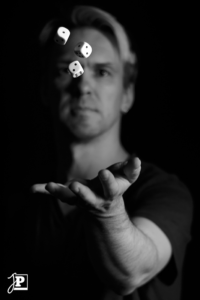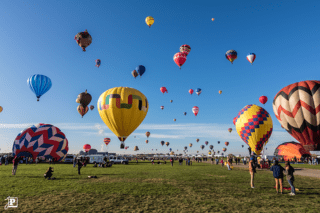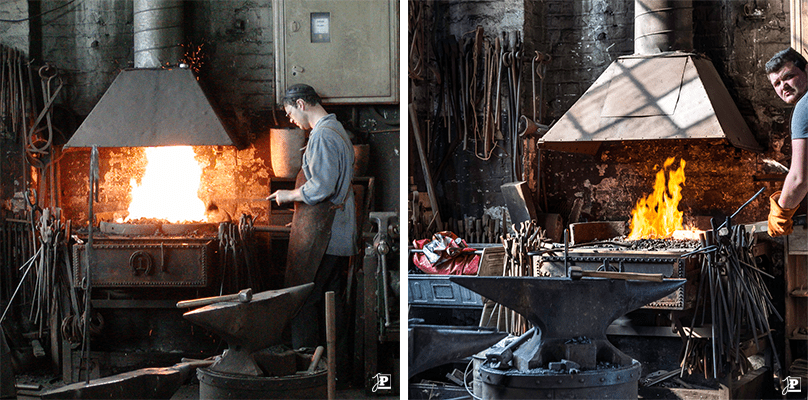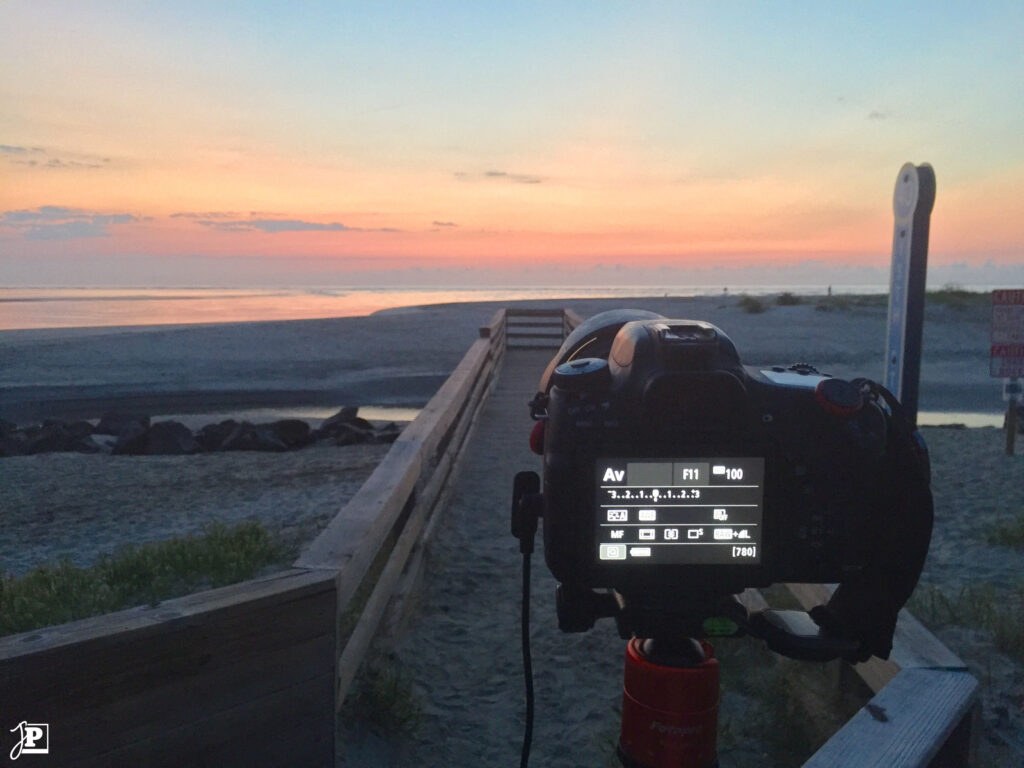About me
How I got into photography
 I always liked taking pictures. I got my first digital camera – at least the first one I can remember – about 20 years ago. That was an Olympus C-700 Ultra Zoom – a ‘point and shoot’ camera with 10x optical zoom and gigantic (at the time) 2 megapixels. However, at the time, I didn’t engage with the topic of photography in any serious way. I just snapped away at the things I liked. Of course this rendered some really beautiful pictures from time to time – I just didn’t know why.
I always liked taking pictures. I got my first digital camera – at least the first one I can remember – about 20 years ago. That was an Olympus C-700 Ultra Zoom – a ‘point and shoot’ camera with 10x optical zoom and gigantic (at the time) 2 megapixels. However, at the time, I didn’t engage with the topic of photography in any serious way. I just snapped away at the things I liked. Of course this rendered some really beautiful pictures from time to time – I just didn’t know why.
Now, photography isn’t the only thing I spend my free time with, and it is always great when you can combine two hobbies for added value. The Railway Museum Darmstadt-Kranichstein, where I have been volunteering for more than 30 years now, renders an almost infinite number of photo opportunities. But whenever I tried to capture a moving object, the limitations of the C-700 quickly became evident. Its motorized zoom and the autofocus simply were too slow.

This led me to my first digital single-lens reflex (DSLR) camera: another Olympus, an E-510, with its two kit lenses (standard wide-angle and telephoto). This camera offered far more capabilities, and consequently, I started buying accessories such as a tripod and an external flash. I still didn’t really know what I was doing and mostly operated in ‘P’ mode. Terms like ‘aperture’ and ‘exposure triangle’ still eluded me at the time.
It took until 2015 before that finally changed. That year, I had the unique opportunity of a business trip to Albuquerque, New Mexico. This not only included the chance to visit the Albuquerque Balloon Fiesta, one of the world’s largest hot-air balloon events with more than 500 participants, but also to view the Milky Way from up in the mountains at the edge of the desert, far away from any light pollution. This was more than enough motivation to take a serious stab at photography.
After quite a lot of research, I chose a Canon EOS 760D (also known as the Rebel T6s in the Americas), which is my trusted companion up to this day – even if she has a bigger sister by now. In addition, I discovered YouTube as a source for photography tutorials, gear reviews and image processing. Among others, I closely follow Stephan Wiesner, Tony Northrup and Lonely Speck.
The trip, and the pictures it rendered, were a huge success. The appetite comes while eating, as the saying goes, and the more I occupied myself with photography, the more fun it became, and the more possibilities I discovered. Consequently, not only the quality of my photos increased, but also the variety of subjects. Many of the pictures presented here in the blog have made it into calendars, the local newspaper or even into an exhibition.

Equipment
After making up my mind in the summer of 2015 about what all I wanted to take pictures of, what budget I had available, and what was the state of the art technology at the time, I decided to go for the Canon DSLRs with the smaller APS-C sensor: a 760D (also known as the “Rebel T6s”). The wide selection of lenses from numerous manufactures as well as intuitive handling tipped the scales. Mirrorless cameras were just emerging, and while full-frame cameras clearly have advantages when it comes to image quality, so far, for me, they haven’t been worth the higher price and additional weight.
My lenses soon ranged from a fisheye and an ultra-wide angle lens with a focal length of 11mm (equals 18mm on full-frame) up to a telephoto lens at 250mm (400mm full-frame). Some prime lenses as well as ones with a particular wide aperture for nighttime photography complete the selection. The Sigma Contemporary 17-70mm ƒ/2.8-4 has proven itself to be my ‘everyday’ lens. This all is completed by a variety of filters, external flashes, tripods, and bags.
After I had learned a lot in the first couple of years, the desire for an upgrade grew. Since I wanted to continue using my lenses and accessories, and was also very happy with the 760D, the logical choice was to get a Canon 90D in early 2020. The extended functionality and improved image quality have given me and my photos a big boost.
In the summer of 2023, a half-way system change followed – half-way, because I stayed with Canon, but started switching to mirrorless: with the Canon R7. I have since replaced some of the previous lenses with native RF lenses, while keeping others, as well as all my accessories. In particular, the fast Sigma lenses now really shine with the R7’s eye autofocus and image stabilization, thanks to RF adapters. A much longer telephoto lens has opened up new possibilities for me, as have new R7 features like in-camera focus stacking. I am certain there is still much more to be discovered…
What I take pictures of

I always used to say, ‘I photograph everything except people’, but that is no longer fully true since I have been taking pictures at numerous occasions with friends and family. I often try and take pictures in way that the subjects don’t notice they are being photographed – this creates the most natural images. Still, my main subjects can be found in nature – landscapes, plants and animals – or fall into the realm of technology and architecture.
I especially like to capture perspectives which usually elude the naked eye – for instance by using extremely short or extremely long exposure times, by playing around with external flashes, or by getting close with macro images.
I do edit all my photos, mostly using Adobe Lightroom and Photoshop. Mostly I try to enhance the scene to reflect what I saw with my eyes – subtly editing it in a way that doesn’t make it obvious the picture was edited at all. Some images, however, lend themselves to exaggerated post-processing to achieve certain artistic effects. Lastly, beauty is always in the eye of the beholder – and I always enjoy receiving feedback on my images.

